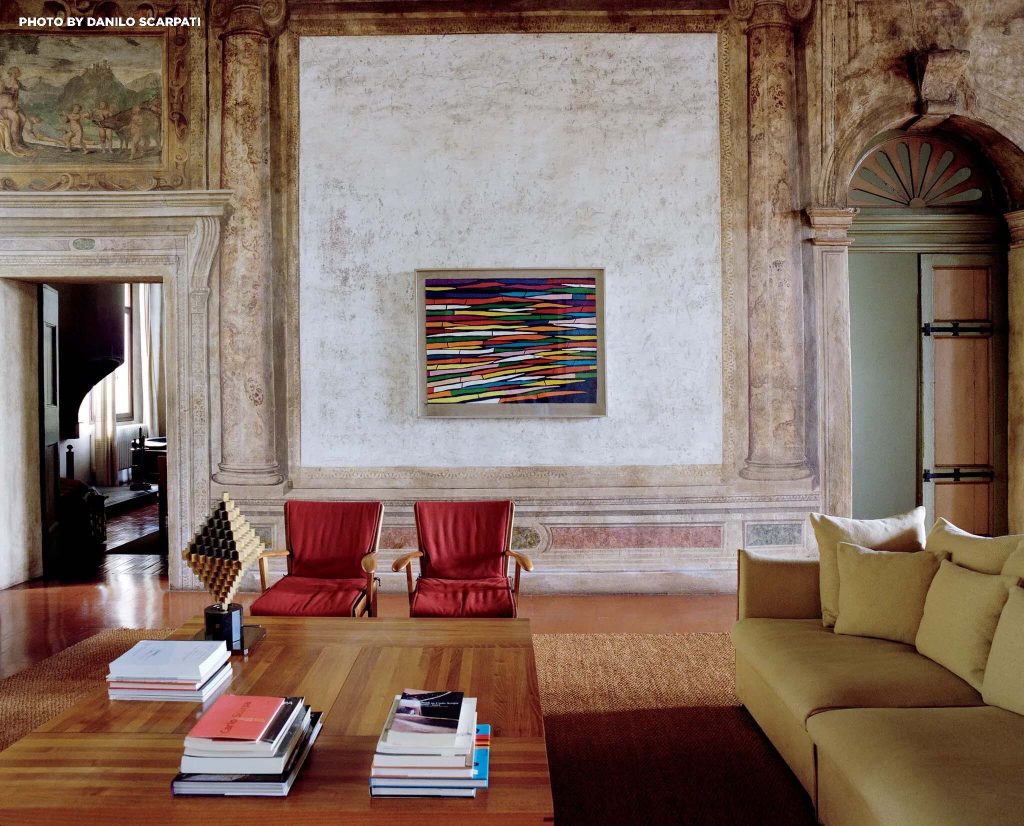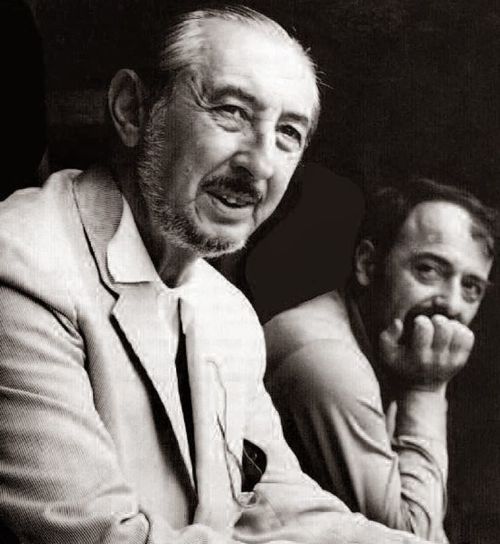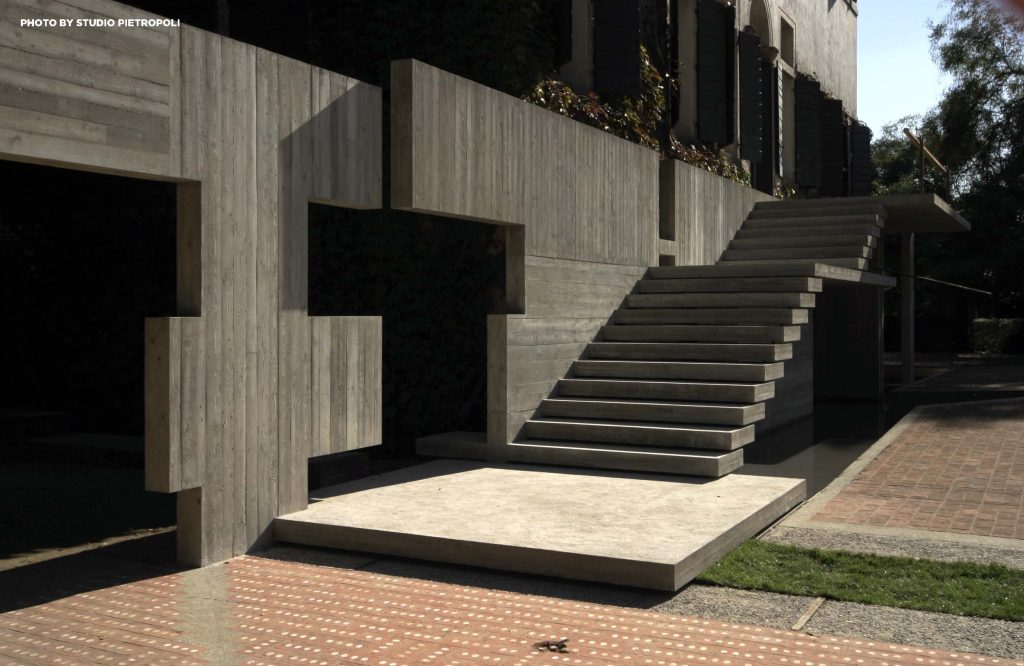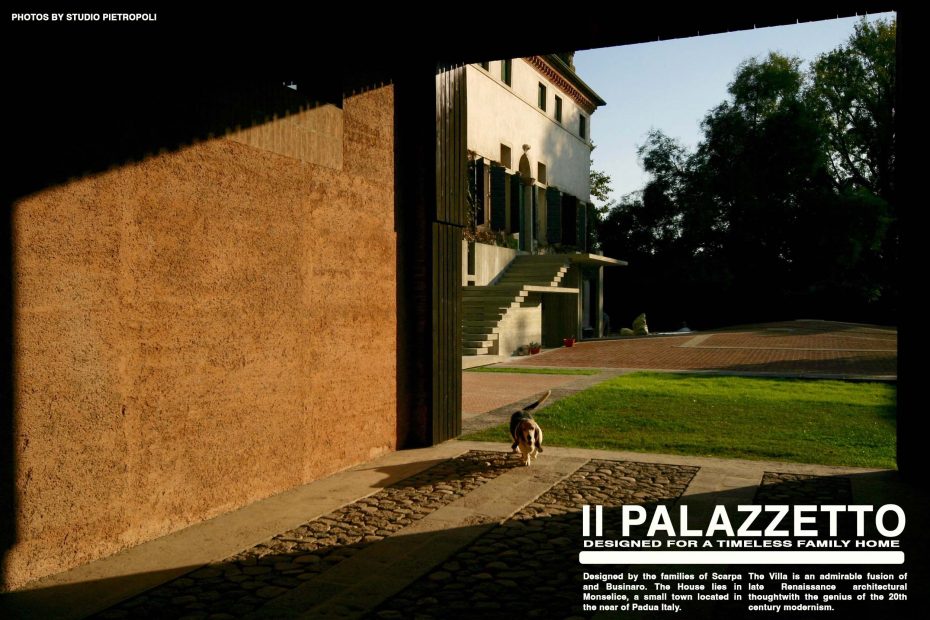In the year of 1964, Aldo Businaro acquired a Palladian style villa, outside of Monselice, a small town located in the near of Padua, based in the North of Italy. At the time Businaro bought the Villa, the old house was unliveable. In 1924 the house was bought by the father of Businaro. For decades the building was used for agricultural storage.
Aldo was nevertheless determined to convert the Palazzo into a family home. So, one year later he moved in with his wife Lucia and his three sons. One of his sons still remembers how the whole family were sleeping in one room, or how his mother cooked their food on a camping cooker.
Businaro not only wanted to restore the villa, but he also wanted to convert the house into a family residence, something special.

In the late 60’s the two famous Italian designers named Carlo Scarpa and his son Tobia Scarpa stepped in and helped Businaro to fulfill his dream family house.
A friendship for eternity developed between the two families. In a span of nearly 40 years, the remaking of the “Il Palazzetto” would bring together the lives of not just two generations of the Businaro family but also two generations of Scarpa’s.
At a Businaro family lunch, Tobia Scarpa described how he designed the villa. “Because I’m a lefty,” he said, “I design with both hands: serious things with the right, and things that don’t matter with the left.” For the young Scarpa the kitchen and the fireplaces were left-hand projects.
There wasn’t a plan when Aldo Businaro invited Carlo Scarpa to start designing at the Villa in 1970. At that time, Scarpa was like a prophet in his own land. The architect was respected by a lot of American designers like Lloyd Wright or Louis Kahn.

So, whenever Businaro knew that the “Professore” – as he called Scarpa – didn’t have work to do, he would say “Professore, come and make me something.”
The last invention in 2006 from Carlo Scarpa and Businaro, who died during the final stages of construction, was the monumental external staircase that Scarpa had designed in 1970 but which had not been built.

Tobia Scarpa, who faithfully implemented his father’s drawings and ideas, also finished the impressive staircase. This represents the completion of that ideal path between the ancient and the modern. That is today Villa Palazzetto, an admirable fusion of late Renaissance architectural thought with the genius of the 20th century modernism.
